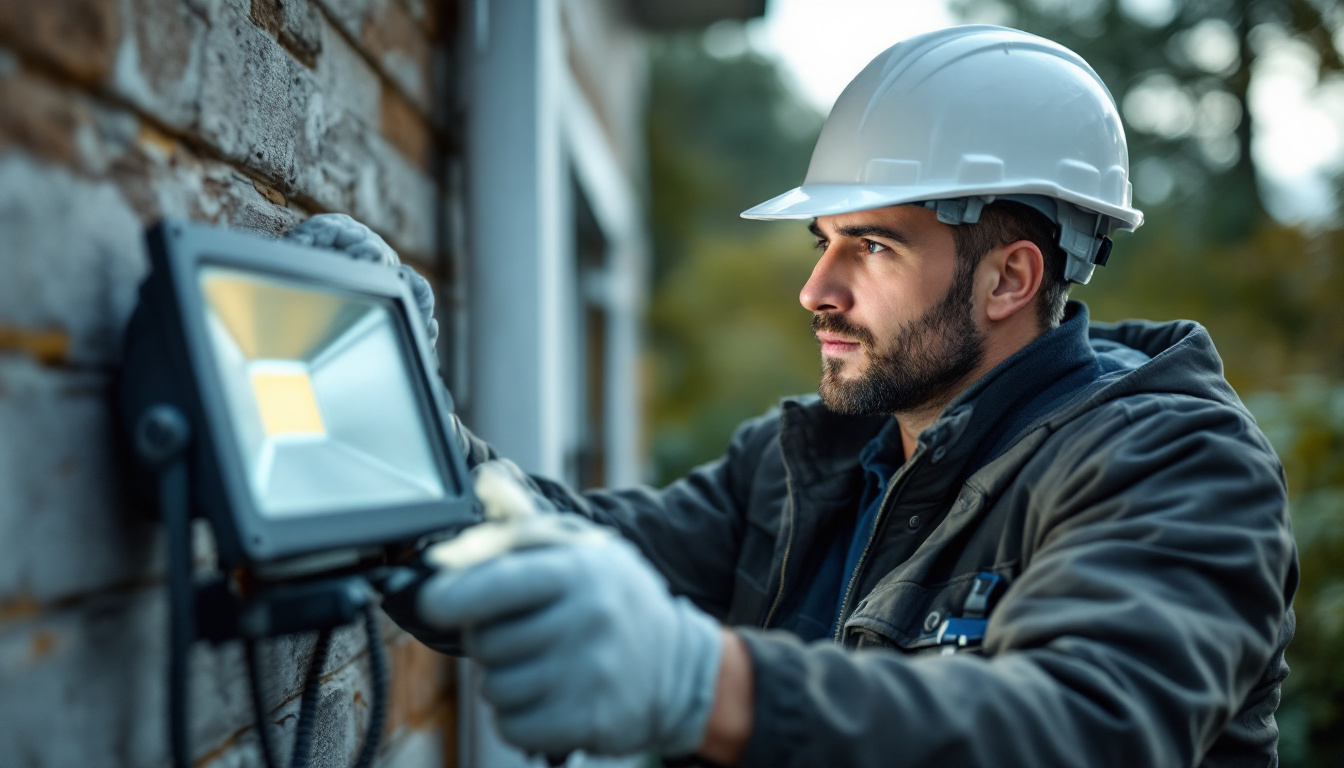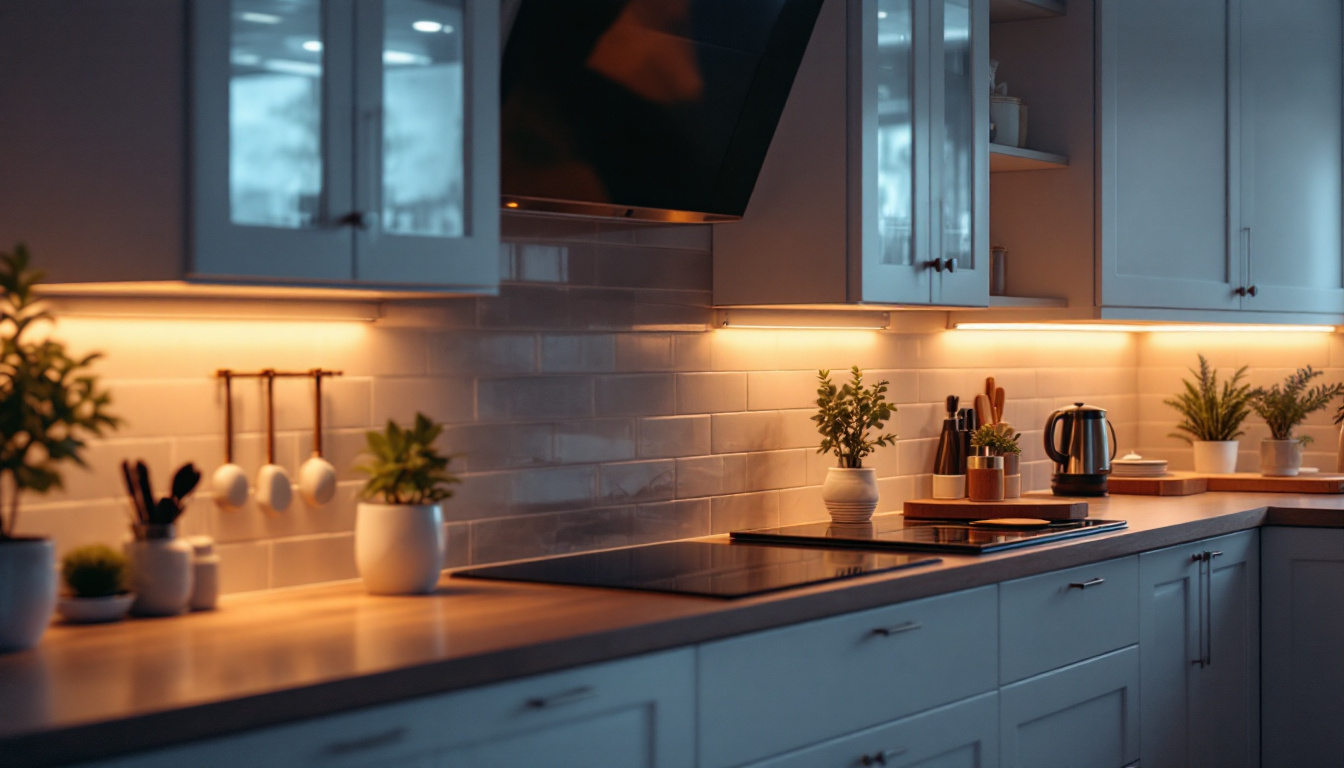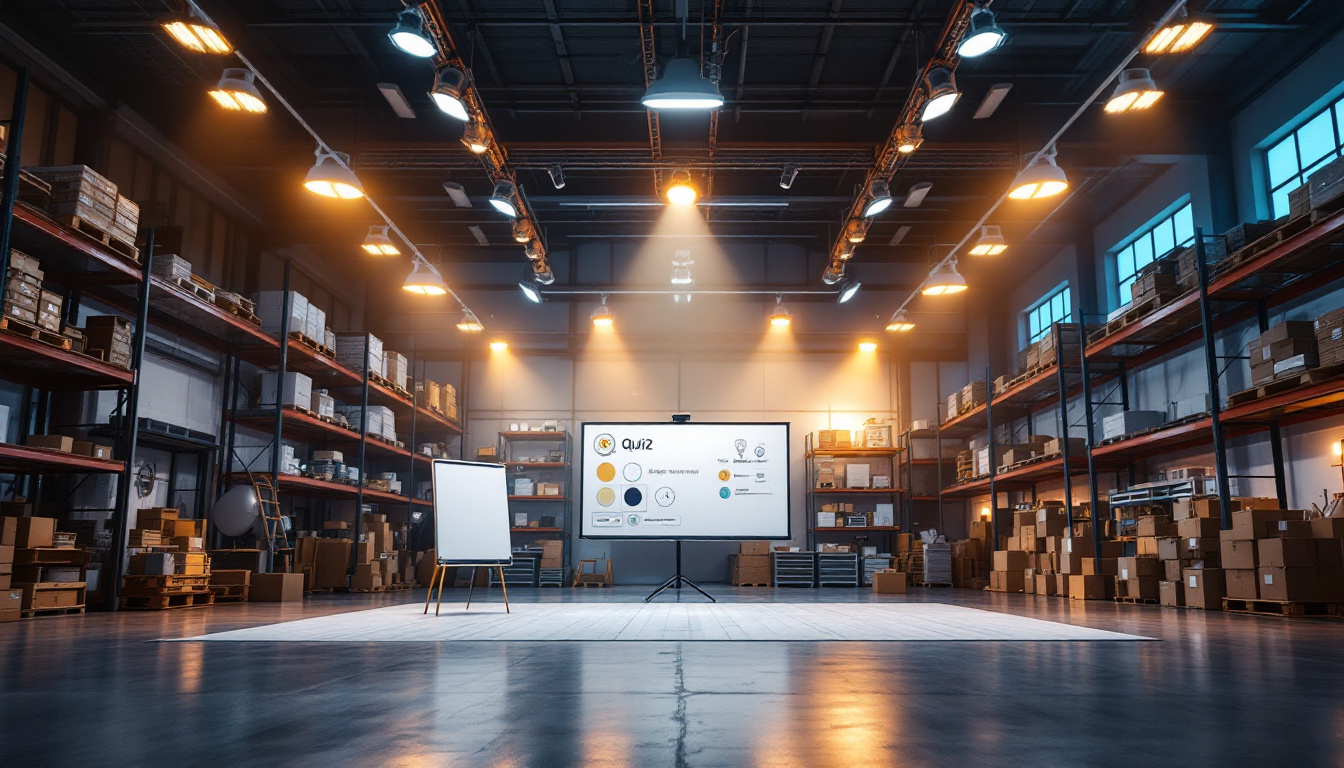
Lighting plays a crucial role in enhancing the aesthetics and functionality of outdoor spaces. For lighting contractors, understanding how to future-proof lighting projects is essential in ensuring longevity and adaptability in a rapidly evolving industry. This article explores various strategies and considerations that can help contractors design and implement outdoor lighting solutions that stand the test of time.
As technology advances, the expectations of clients evolve. Future-proofing outdoor lighting projects not only meets current demands but also anticipates future needs. This proactive approach can significantly enhance customer satisfaction, leading to repeat business and referrals. Clients today are looking for solutions that not only illuminate their spaces but also integrate seamlessly with their lifestyles, and future-proofing ensures that these expectations are met.
Moreover, future-proofing can save costs in the long run. By investing in adaptable systems and technologies today, contractors can reduce the need for extensive renovations or replacements in the future. This approach aligns with sustainable practices, promoting environmental responsibility within the industry. For instance, energy-efficient LED fixtures not only lower electricity bills but also have a longer lifespan, reducing waste and the frequency of replacements.
Every lighting project begins with a thorough understanding of client needs. Engaging in detailed discussions about their vision, preferences, and future plans can provide invaluable insights. Clients may have specific requirements, such as energy efficiency, smart technology integration, or aesthetic preferences that should be considered from the outset. Additionally, understanding the intended use of the space—whether for entertaining, security, or ambiance—can guide the selection of appropriate lighting solutions.
By actively listening and asking targeted questions, contractors can tailor their proposals to align with the client’s expectations. This not only helps in delivering a satisfactory project but also establishes a foundation for future upgrades or expansions. For example, if a client envisions hosting outdoor gatherings, incorporating features like dimmable lights or programmable controls can enhance the functionality of the space, making it more versatile for various occasions.
Versatility is key in outdoor lighting design. Incorporating adjustable fixtures that can be repositioned or reoriented allows for flexibility in design. This adaptability can cater to changing outdoor layouts or evolving client preferences without necessitating a complete overhaul of the lighting system. Furthermore, landscape features such as trees and shrubs may grow or change over time, and having lighting that can be adjusted ensures that the illumination remains effective and aesthetically pleasing.
Additionally, using modular lighting systems can facilitate easy upgrades. As new technologies emerge, contractors can replace or add components without having to dismantle the entire setup. This approach not only saves time and money but also minimizes disruption for the client. For instance, integrating smart lighting controls that can be updated or expanded with new features—like voice activation or integration with home automation systems—ensures that the lighting remains cutting-edge and user-friendly. This kind of foresight not only enhances the current project but also positions the contractor as a forward-thinking partner in the client’s ongoing journey toward an optimized outdoor environment.
Smart technology has revolutionized the way outdoor lighting is controlled and managed. By integrating smart lighting solutions, contractors can offer clients enhanced convenience, energy efficiency, and customization options. This technology allows for remote control, scheduling, and even automated adjustments based on environmental conditions. For example, homeowners can control their outdoor lights from their smartphones, adjusting brightness or color temperature to suit different occasions or moods, whether they are entertaining guests or simply enjoying a quiet evening outdoors.
Furthermore, smart lighting systems can be easily updated or expanded. As new features or integrations become available, clients can upgrade their systems without needing extensive rewiring or equipment replacement. This adaptability is a significant advantage in future-proofing lighting projects. Additionally, many smart lighting systems can integrate with other smart home devices, such as security cameras and smart speakers, creating a seamless ecosystem that enhances both security and convenience. The ability to set up routines—like having the lights automatically turn on at sunset or flash when the doorbell rings—adds an extra layer of functionality that modern homeowners appreciate.
Energy efficiency is a growing concern for many homeowners. By choosing LED fixtures and energy-efficient designs, contractors can help clients reduce their energy consumption and lower utility bills. LEDs have a longer lifespan than traditional bulbs, which not only saves on replacement costs but also aligns with sustainability goals. Moreover, the reduced heat output of LEDs means that they contribute less to cooling costs during warmer months, making them a smart choice for outdoor spaces that require consistent lighting.
Contractors should also consider the placement and design of lighting fixtures to maximize efficiency. Utilizing motion sensors, timers, and dimmers can further enhance energy savings while providing the desired illumination. These features not only appeal to eco-conscious clients but also future-proof the installation against evolving energy regulations. For instance, integrating smart sensors that adjust lighting based on the time of day or occupancy can significantly reduce energy waste, ensuring that lights are only on when needed. This not only helps the environment but also resonates with clients looking to adopt more sustainable practices in their homes.
Outdoor lighting should serve both aesthetic and functional purposes. A well-designed lighting scheme enhances the beauty of the landscape while ensuring safety and usability. Contractors must strike a balance between these elements, creating a cohesive design that meets the client’s needs. This involves not just the choice of fixtures but also the strategic placement of lights to highlight key features of the property, such as trees, gardens, and architectural elements, while providing adequate illumination for pathways and entryways.
Incorporating a variety of lighting types—such as ambient, task, and accent lighting—can achieve this balance. For instance, path lights can illuminate walkways for safety, while spotlights can highlight architectural features or landscaping. Additionally, using fixtures with adjustable angles allows for flexibility in directing light where it is most needed. By considering both aesthetics and functionality, contractors can create a more engaging and useful outdoor space. This thoughtful approach not only enhances the visual appeal of the property but also ensures that outdoor areas can be enjoyed safely and comfortably at any time of day or night. Furthermore, the integration of color-changing LEDs can add an exciting dynamic to outdoor events, allowing homeowners to set the mood with a simple app command, transforming their outdoor space into a vibrant gathering area.
When designing outdoor lighting projects, it is essential to consider the potential for future expansion. Clients may wish to add more lighting fixtures, integrate new technologies, or modify existing layouts as their needs change. By planning for these possibilities, contractors can save time and resources in the long run.
One effective strategy is to install extra conduit or wiring during the initial installation. This foresight allows for easier additions without the need for extensive digging or disruption. Additionally, providing clients with a clear understanding of how their system can be expanded or modified will enhance their confidence in the investment.
The selection of fixtures plays a significant role in the longevity and adaptability of outdoor lighting projects. Contractors should opt for high-quality, durable materials that can withstand various weather conditions. Stainless steel, brass, and high-grade plastics are excellent choices for outdoor environments.
Moreover, selecting fixtures with interchangeable components can facilitate easy upgrades. For example, choosing fixtures that allow for different lens options or bulb types can enable clients to adapt their lighting as their preferences or technologies evolve.
Integrating lighting with the landscape design can enhance the overall aesthetic and functionality of outdoor spaces. By working closely with landscape designers, contractors can create a harmonious blend of lighting and natural elements. This approach not only elevates the visual appeal but also ensures that lighting serves its intended purpose effectively.
Considerations such as the placement of trees, shrubs, and other landscaping features can influence lighting design. Properly positioned lights can highlight key features while avoiding unwanted glare or shadows. This thoughtful integration contributes to a more cohesive and inviting outdoor environment.
The lighting industry is continuously evolving, with new technologies, design trends, and regulations emerging regularly. For contractors, staying informed about these changes is vital for future-proofing projects. Engaging in professional development, attending industry conferences, and participating in workshops can provide valuable insights and knowledge.
Additionally, networking with other professionals in the field can foster collaboration and the exchange of ideas. By sharing experiences and learning from others, contractors can enhance their skills and adapt their practices to meet the demands of an ever-changing market.
Sustainability is no longer just a trend; it is a necessity in the lighting industry. Clients are increasingly seeking eco-friendly solutions that minimize environmental impact. Contractors can future-proof their projects by incorporating sustainable practices, such as using energy-efficient fixtures and materials sourced from responsible suppliers.
Moreover, educating clients about the benefits of sustainable lighting solutions can enhance their satisfaction and loyalty. By positioning themselves as environmentally conscious professionals, contractors can attract a broader client base and differentiate themselves in a competitive market.
As outdoor lighting projects often involve various regulations and codes, it is essential for contractors to stay informed about local and national standards. Compliance with these regulations not only ensures the safety and legality of installations but also protects clients from potential liabilities.
Contractors should familiarize themselves with zoning laws, energy efficiency standards, and safety codes relevant to outdoor lighting. By proactively addressing these considerations, contractors can avoid costly mistakes and enhance their reputation as reliable professionals.
Future-proofing outdoor lighting projects is not just about keeping up with trends; it is about building a legacy of quality and reliability. By understanding client needs, adopting versatile solutions, and staying informed about industry advancements, contractors can create lighting designs that endure and adapt over time.
As the demand for innovative and sustainable lighting solutions continues to grow, contractors who prioritize future-proofing will position themselves as leaders in the field. This strategic approach not only enhances customer satisfaction but also contributes to a more sustainable and responsible lighting industry.
By embracing these principles, lighting contractors can ensure that their projects not only illuminate outdoor spaces today but also continue to shine brightly in the future.
Ready to elevate your outdoor lighting projects with solutions that promise longevity and adaptability? Look no further than LumenWholesale. We provide contractors with exceptional, spec-grade lighting products at unbeatable wholesale prices, ensuring your installations are future-proof and client-approved. Say goodbye to inflated markups and hello to high-performance lighting that meets the highest industry standards. With free shipping on bulk orders, LumenWholesale is your go-to source for quality, affordability, and convenience. Don’t let hidden fees dim your project’s potential. Choose LumenWholesale for Wholesale Lighting at the Best Value and light up your legacy today.

Discover essential insights for lighting contractors with our comprehensive checklist on flood lamp LEDs.

Discover the ultimate guide to LED light colors with expert insights from top lighting contractors.

Discover the essential tips and expert insights for selecting the perfect LED undercabinet lights in this comprehensive guide tailored for lighting contractors.

Discover the essentials of warehouse lighting with our comprehensive guide on schematic diagrams.